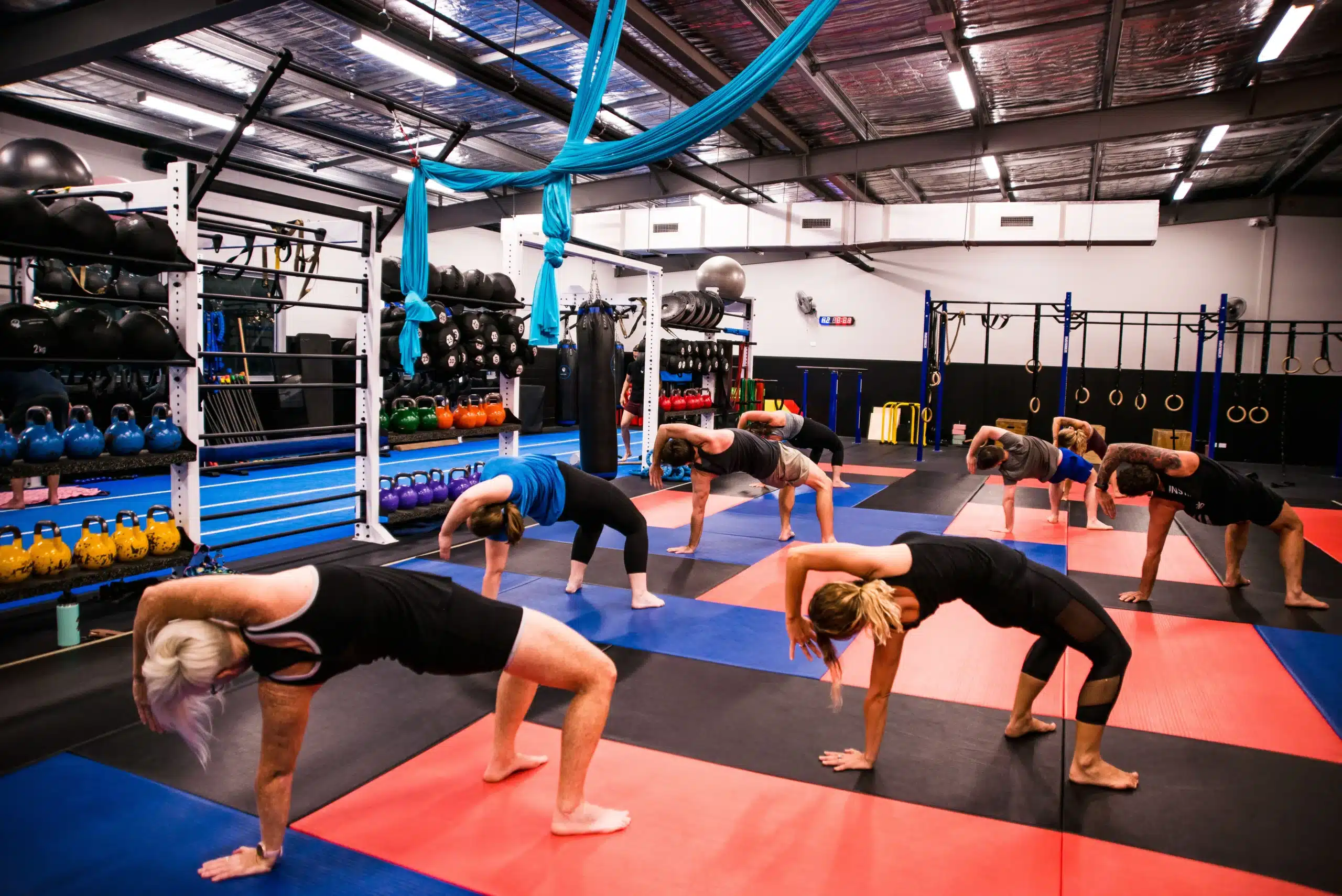Hey there, fellow runner. Picture this: You’re cruising along on your usual jog, feeling solid but secretly wishing you could kick it into gear when it counts—like that final stretch of a 5K where everyone else seems to fade, but you surge ahead. I get it. I’ve been there, huffing and puffing, wondering why my legs felt like lead while my buddy, who barely trains, blew past me like I was standing still. That was me back in college, training for the track team but stuck in endless miles without any real punch. One summer, I stumbled into sprint sessions with a grizzled old coach who swore by short, explosive bursts. Skeptical? Yeah, me too. But after a month, I shaved seconds off my 200-meter splits and felt like a coiled spring. Sprinting isn’t just for track stars; it’s the secret sauce for anyone chasing faster legs. In this guide, I’ll walk you through why it works, how to do it right, and five killer workouts that’ll transform your speed—backed by what I’ve learned from the track and the science that proves it. Ready to unleash that inner bolt? Let’s dive in.
What Are Sprint Workouts?
Sprint workouts are high-intensity bursts of running at near-max effort, mixed with recovery periods to let your body reset. Think short dashes—anywhere from 10 to 60 seconds—pushing your limits without the drag of a long haul. They’re not your grandma’s steady jog; they’re the electric jolt that rewires how your muscles fire.
Unlike plodding miles that build base endurance, these sessions target fast-twitch fibers, the ones that give you that explosive pop. I remember my first real sprint day: 20 seconds of all-out fury, then walking it off while my lungs screamed. Felt brutal, but the next week? My easy runs felt effortless. Science backs this—studies show just six sessions can boost your VO2 max and shave time off races. If you’re new to this, start simple; no need to go full Olympian on day one.
They’re versatile too. Do them on a track for precision, grass for forgiveness, or even a treadmill if rain’s pouring. The key? Full recovery between reps so each sprint hits fresh. This isn’t cardio drudgery; it’s play with purpose, turning “I can’t” into “watch me.”
Why Sprint Workouts Boost Your Speed
Sprinting sharpens your neuromuscular system, teaching your brain and muscles to recruit power instantly—like upgrading from a rusty bike to a sleek road racer. It builds that raw velocity you need to outpace the pack, whether you’re gunning for a PR or just chasing the bus.
The magic happens in those anaerobic bursts, where your body taps stored energy for quick hits, improving stride efficiency and ground force. Research from the Journal of Strength and Conditioning Research found trained athletes gained 6% faster 3K times after minimal sprint sessions. For me, it was eye-opening: After incorporating hills, my flat sprints felt like downhill cruises. Plus, it spikes growth hormone and testosterone, aiding recovery and muscle gains—hello, leaner legs without the bulk.
But it’s not all about the track. Everyday speed matters—sprinting across a field with kids or dodging traffic. These workouts make you quicker overall, reducing injury risk by strengthening tendons and boosting coordination. It’s empowering, that rush when you realize you’re not just surviving runs; you’re owning them.
The Science Behind Sprint Training Benefits
Sprint interval training (SIT) flips the script on traditional cardio, delivering outsized gains in half the time. It torches fat—up to 40% more than HIIT—while packing on fast-twitch muscle for power. One study showed just two weeks of SIT hiked aerobic capacity like months of steady jogging.
Hormonally, it’s a powerhouse: Boosts human growth hormone for cell repair and fat burn, plus testosterone for strength and mood. I felt it post-workout—that euphoric high, like my body was thanking me. For endurance folks, it extends time-to-exhaustion by 42%, blending speed with stamina.
Heart health gets a win too: Lowers blood pressure, sharpens insulin sensitivity, and cuts cognitive decline risk via better reaction times. At 35, when my knees started griping on long runs, sprints strengthened my stabilizers without the pounding. It’s efficient rebellion against the “more miles, more better” myth—proving short, savage efforts yield epic results.
Essential Tips for Safe and Effective Sprinting
Before you blast off, ease in with a dynamic warm-up: Light jogs, leg swings, and A-skips to loosen hips and fire up your engine. Skipping this? You’re borrowing trouble—tight muscles snap like twigs. Aim for 10-15 minutes; it’ll pay dividends in smoother strides.
Form is king: Relax your shoulders, pump arms at 90 degrees, and drive knees high without overstriding. Tense up, and you’re fighting yourself—wasted energy, hello injury. My coach used to bark, “Run tall, like a puppet on strings!” It stuck; now I glide instead of grind.
Frequency? Twice weekly max, with 48 hours rest—your CNS needs it to recharge. Hydrate like it’s your job, and fuel with carbs pre-session. Track progress with a simple app or watch; seeing those splits drop? Pure motivation. And laugh at the burn—it’s temporary, the speed? Forever.
Workout 1: Classic 60-Meter Max Sprints
This no-frills beast hones pure top-end velocity, perfect for beginners building that raw edge. Mark 60 meters on flat ground, explode from a standing start, and coast to a stop—full throttle, no holding back.
You’ll do 4-6 reps, resting 3-4 minutes between to hit peak each time. It’s short, so quality trumps quantity; think quality over chaos. I started here after a layoff—felt awkward at first, but by rep three, I was flying, that wind-whip sound in my ears like victory bells.
Pros: Builds explosive power fast; minimal gear needed. Cons: Demands focus—half-hearted reps waste time. Scale by dropping to 40 meters if you’re gassed. Pair with strides post-run for bonus efficiency.
| Rep | Distance | Effort | Recovery |
|---|---|---|---|
| 1-2 | 60m | 95% | 3 min walk |
| 3-4 | 60m | 100% | 4 min walk |
| 5-6 | 60m | 100% | Full cool-down |
Workout 2: Hill Sprints for Power
Hills are sprinting’s tough-love coach, forcing stronger pushes without the joint jarring of flats. Find a 10-15% incline, 20-30 meters long—charge up like you’re late for dinner, then jog down easy.
Aim for 8-10 reps at 90-95% effort, with 1-2 minutes recovery at the base. The resistance sculpts glutes and hammies, turning weak links into weapons. Back in my early days, hills humbled me—legs screaming by rep five—but they fixed my sloppy form, adding pop to my flats.
Why it shines: Enhances biomechanics and strength; low-impact on knees. Drawback: Needs terrain; treadmill inclines work in a pinch. Beginners, shorten to 15 seconds. It’s gritty, rewarding work—your future self will high-five you.
- Pros: Boosts stride power; injury-friendly.
- Cons: Weather-dependent; steep ones can intimidate.
- Pro Tip: Eyes forward, not down—keeps posture punchy.
Workout 3: Interval Pyramid Sprints
Pyramids build speed endurance by ramping distances, mimicking race surges without burnout. Start at 100m, climb to 200m, then descend—each at 85-90% effort, with jog recoveries matching the sprint time.
Structure: 100m sprint, 100m jog recover; 150m sprint, 150m jog; up to 200m, then back down. Total 6-8 intervals. It’s a mental game, that building burn, but crossing the peak? Euphoric. I used this pre-season—watched my 400m splits drop like stones.
Comparatively, it’s more dynamic than straight reps, blending accel and sustain. Versus hills, less resistance but more volume. Ideal for mid-level runners craving variety.
| Level | Distance | Effort | Recovery |
|---|---|---|---|
| Build | 100-200m | 85% | Equal jog |
| Peak | 200m | 90% | 2 min |
| Descend | 200-100m | 85% | Equal jog |
Workout 4: Flying 30s for Top Speed
Flying sprints trick you into max velocity by starting with a run-up—20m build, then 30m all-out hammer. It’s like hitting cruise control after takeoff; smooth, ferocious speed without the cold start stutter.
Do 5-7 reps, walking back slowly for 4-5 minutes rest. The momentum teaches relaxed power—key for sustaining pace. One foggy morning, I nailed these on dewy grass; felt like cheating, that effortless whoosh, but my times proved it real.
Edges out classics for form focus; cons: Needs space for the approach. Great for advanced folks—add cones for precision. Humor me: It’s sprinting with training wheels off, pure joy in motion.
- Pros: Refines max velocity; fun acceleration feel.
- Cons: Space-hungry; tricky on wind days.
- Variation: Shorten fly to 20m for speed newbies.
Workout 5: 200m Power Repeats
These mid-distance scorchers forge anaerobic capacity, bridging speed and stamina for race-day finishes. Hammer 200m (half-track lap) at hard effort, then speed-walk or jog 200m recovery—repeat 10-12 times.
Keep pace consistent, around 80-85% max, to grind without crumbling. It’s the workout that broke me once—midway, I thought, “Why am I doing this?”—but finishing strong? Addictive high. Science says it amps power output by 2-3%, turning grinders into closers.
Table for tracking:
| Set | Sprint Time Goal | Recovery Pace | Notes |
|---|---|---|---|
| 1-5 | 70-75% effort | Easy walk | Build heat |
| 6-10 | 80-85% effort | Light jog | Hold form |
| 11-12 | Max sustainable | Full walk | Finish fierce |
Pros: Race-specific endurance; burns serious cals. Cons: Demands fitness base—don’t rush in. For where to gear up, check running warehouse for grippy shoes.
Pros and Cons of Sprint Training
Sprinting’s a game-changer, but like any edge, it cuts both ways. On the upside: Explosive gains in speed and power, fat-melting efficiency, and that post-workout glow from endorphins. It’s time-smart—20 minutes crushes an hour jog—and versatile for all levels.
Downsides? Intensity risks strains if you’re sloppy; needs recovery or you’ll fry. Not ideal solo if form’s off—grab a buddy or coach. Overall, pros eclipse cons when done smart; it’s the workout that keeps giving, from track to trail.
- Major Pro: Hormonal boost for recovery and mood.
- Key Con: Overdo it, and burnout lurks.
- Best Tools: Speed app like Strava; resistance bands for drills.
People Also Ask
Got questions? Google’s got ’em too—here’s the scoop on common sprint curiosities, pulled from real searches to cut through the noise.
How Often Should You Do Sprint Workouts to Improve Speed?
Twice a week hits the sweet spot for most, allowing recovery while building gains. Space them 3-4 days apart; pair with easy runs or strength days. Overdo it, and you’re courting fatigue—listen to your legs.
What Is the Best Sprint Workout for Beginners?
Start with 4×30-second strides at 80% effort, walking recovery. It’s gentle entry, focusing form over fury. Build to hills next; my first session was strides—felt approachable, results sneaky good.
Can Sprint Training Help with Weight Loss?
Absolutely—SIT burns 40% more fat than steady cardio in less time, spiking metabolism post-workout. Combine with diet for best bets; it’s not magic, but that afterburn? Chef’s kiss.
How Do You Warm Up for Sprint Workouts?
10-minute easy jog, then dynamic drills: High knees, butt kicks, leg swings. Wake those muscles gently—no static stretches here. Skimp, and you’re begging for pulls; I learned the hard way once.
Where Can You Find Sprint Training Equipment?
Tracks or parks for free; treadmills for indoors. For extras like cones or bands, hit Dick’s Sporting Goods. Budget? Use sidewalk cracks—works fine.
FAQ
How Long Until I See Speed Improvements from Sprints?
Give it 4-6 weeks of consistent sessions—early wins in form, then PRs roll in. Track weekly 100m times; patience pays, like my summer turnaround from slug to sprinter.
Are Sprint Workouts Safe for Older Runners?
Yes, with smart scaling—shorter bursts, longer rests. Builds bone density too, fending off age woes. Consult a doc first; at 40+, I swear by them for staying spry.
What’s the Difference Between Sprints and HIIT?
Sprints are pure max-effort runs; HIIT mixes intensities. Sprints edge for raw speed; HIIT for broader conditioning. Both rock—pick by goal.
Do I Need Special Shoes for Sprint Workouts?
Lightweight trainers with good grip suffice; spikes for tracks if serious. Avoid clunkers—they drag. My go-tos? Brooks Ghost—cushy yet quick.
Can Sprints Improve Endurance Running?
Heck yes—boosts economy, letting you hold paces longer. Trail runners in studies gained 6% on 3Ks. It’s the crossover hit you didn’t know you needed.
There you have it—your blueprint to faster feet. Remember that college me, doubting sprints? Now, years later, they’re my ritual, that weekly reminder I’m capable of more. Grab your shoes, find a hill or track, and go claim your speed. You’ve got this; the road (or sprint) ahead is yours. What’s your first workout? Drop a note—I’d love to hear your wins. Keep running wild.




